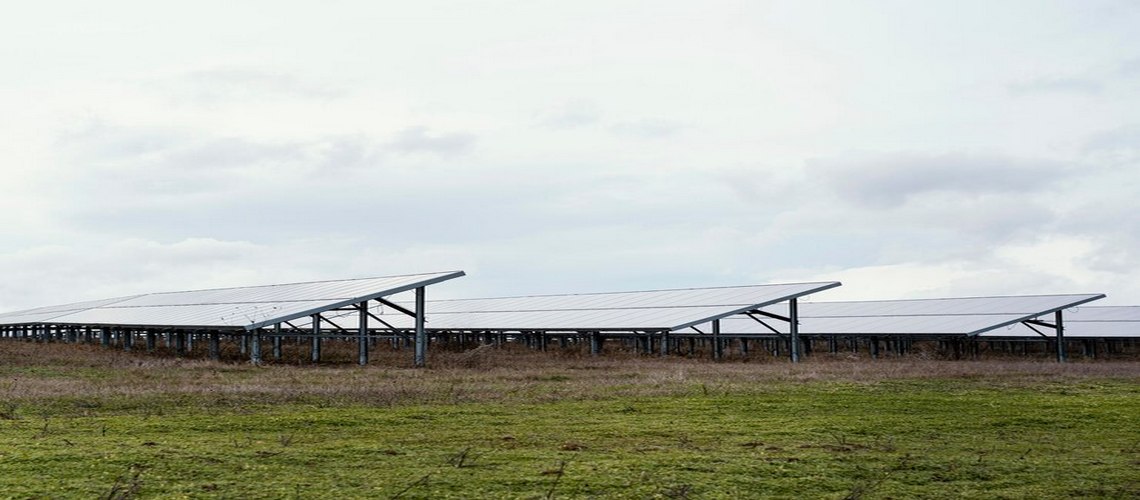The Importance of Energy Storage in Scaling India’s Renewable Energy Ambitions

India’s energy landscape is undergoing a seismic shift. With ambitious targets of achieving 500 GW of non-fossil fuel capacity by 2030, the country is taking substantial strides in scaling renewable energy in India. However, this clean energy transition is not without challenges. As solar and wind power are subject to availability based on weather conditions and time of the day, their inconsistency creates gaps in energy supply and risks the stability of the power grid.
To address this, India needs efficient energy storage systems. At Jindal India Renewable Energy, a part of B.C. Jindal Group of Companies, we’re tackling this issue head-on by investing in battery energy storage systems (BESS). These systems play a key role in stabilising the energy grid as they store excess energy generated during peak production periods and release it when generation dips or demands increase. Let’s understand why energy storage is crucial for scaling India’s renewable energy ambitions.
Renewable Energy Landscape in India
India has made massive strides in its renewable energy sector, with the country ranking fourth globally for total renewable power capacity additions. As per REN21 Renewables 2024 Global Status Report, India is also the fourth largest country in wind power capacity and fifth in solar power capacity. Besides government support, renewable energy companies in India have been pivotal in driving large-scale solar and wind projects across the country.
However, the inherent challenge with renewable energy sources like solar and wind is their intermittency. While solar energy production dips on cloudy days and ceases after sunset, wind energy is influenced by seasonal patterns. As India continues to increase its reliance on renewable energy, the need for effective energy storage becomes apparent.
Why Energy Storage is Essential for Renewable Power in India?
1. Balancing supply and demand
Energy storage solutions enable the storage of excess energy generated during peak times such as sunny afternoons or windy nights and release it when demand is high or generation is low. This ensures a consistent supply of renewable energy and reduces the need for fossil fuel-based backups. A stable supply also means that homes and businesses can rely on renewable power sources even when the sun isn’t shining or the wind isn’t blowing.
2. Ensuring grid stability and resilience
A major hurdle in India’s renewable energy journey is keeping the power grid stable despite the ups and downs of solar and wind energy. Without energy storage, sudden drops in renewable energy generation can lead to power fluctuations or outages, impacting industries, businesses and households alike. By integrating battery energy storage systems like those being developed at Jindal India Renewable Energy, India’s RE grid can be more resilient and stable.
3. Reducing transmission losses
As you know our Jindal India Power Plant, Odisha is set up in Derang village, similarly many renewable projects are also being established in rural or remote areas. Transmitting power over long distances can lead to significant energy losses. Energy storage systems, however, can help solve this problem by storing power close to the point of consumption. This not only improves energy efficiency but also makes renewable energy in India affordable and accessible.
4. Enabling decentralised energy systems
The concept of microgrids or small, decentralised grids powered by local renewable energy sources such as solar power is also gaining popularity in India. With the integration of energy storage systems, these microgrids can operate independently of the national grid, supplying stable power to remote or off-grid communities. This is especially important for rural India, where reliable electricity access remains a challenge.
How Jindal India Renewable Energy is Driving Energy Storage Innovation?
As one of the renewable energy companies in India, Jindal India Renewable Energy (JIRE) is addressing energy storage challenges to support India’s clean energy goals. We are all set to establish a 1 GWh battery pack assembly line by 2025, using Lithium Iron Phosphate (LFP) chemistry. Our LFP-based batteries combine safety, longevity and cost-effectiveness, making them ideal for large-scale energy storage systems. By 2027, we will also foray into battery cell manufacturing with a 5 GWh capacity. By investing in BESS, we aim to create solutions that address the growing demand for stable, accessible renewable power in India.
The Bottom Line
Energy storage is no longer optional but a necessity for the future of renewable energy in India. As solar and wind power continue to scale, integrating energy storage solutions is crucial to achieve a resilient and stable power grid. By addressing the challenges of intermittency, grid stability and transmission losses, energy storage can propel India’s clean energy ambitions and transform the way we generate, store and use power.